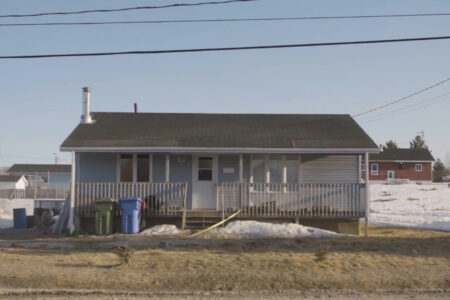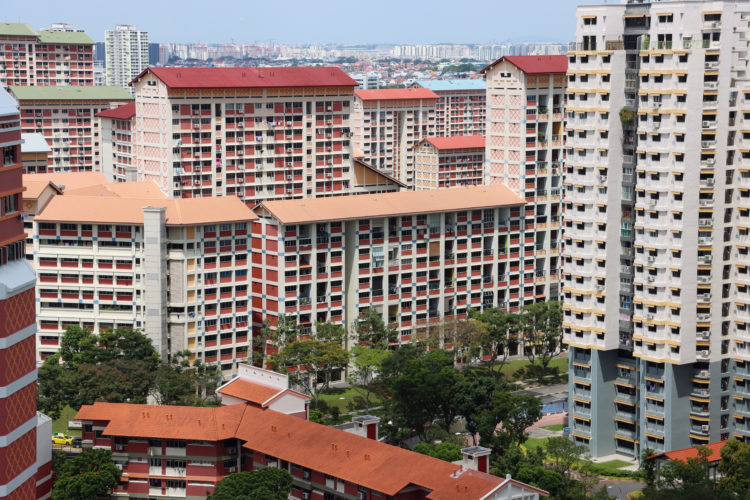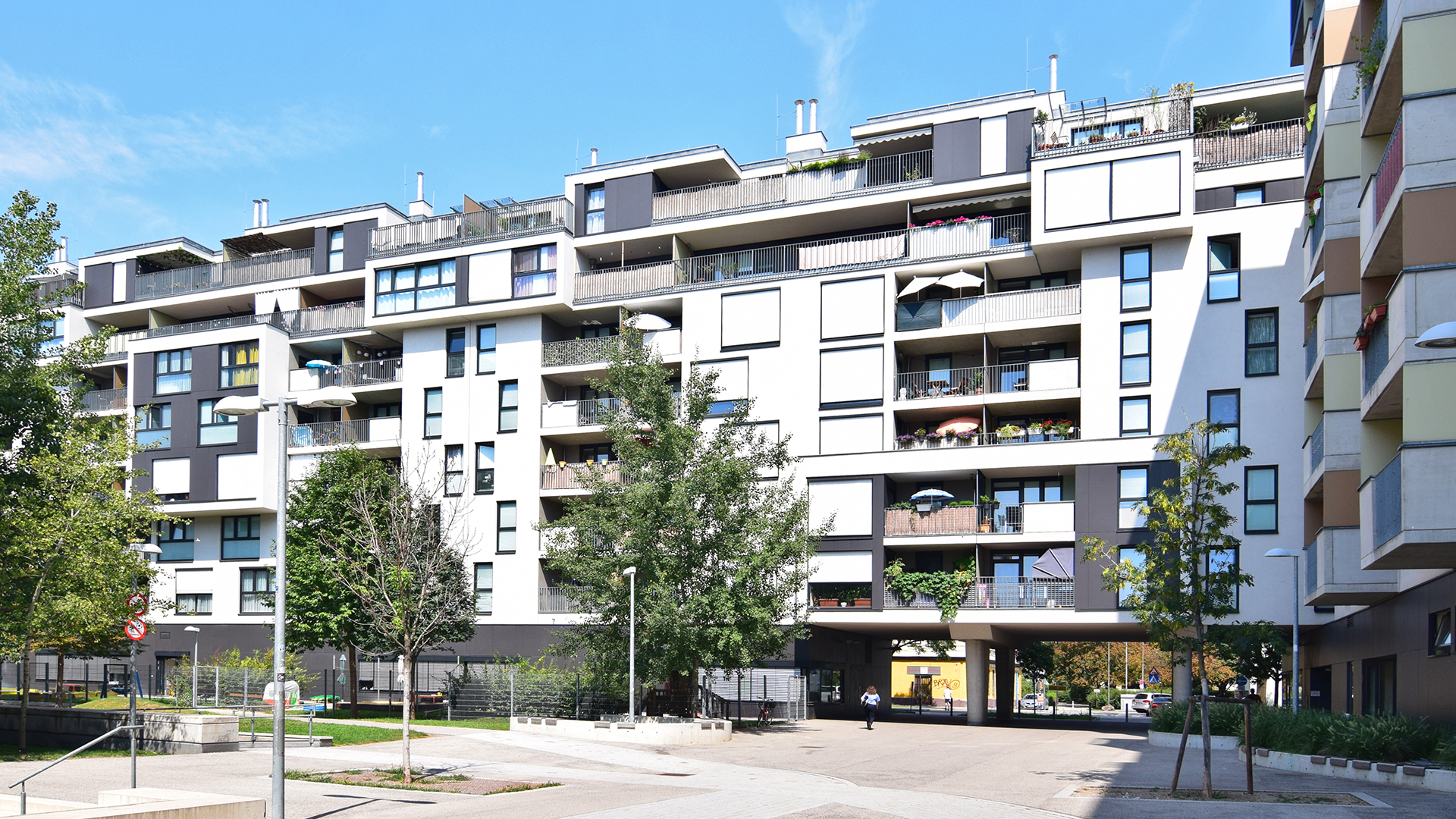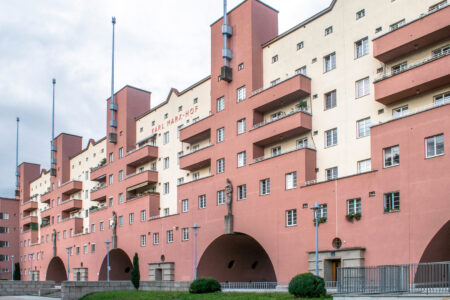
As has become abundantly clear, the COVID pandemic has exacerbated existing inequities in our social fabric and in how we live. Those who have secure jobs that can be conducted online at home are coping, while those with precarious jobs who can’t work at home – and even if they could work at home, are living in homes unsuitable for paid work – are struggling.
Even worse, physical distancing can’t be practised in many homes because of overcrowded living conditions, thus making these homes vectors for the virus. As well, people with precarious employment are being threatened with evictions because they are unable to pay their rents. Indigenous communities that already had unsafe and overcrowded homes and lack of access to clean drinking water are even more vulnerable. Homelessness is growing and becoming more visible as the hidden homeless (those who find a temporary solution by staying with family members or friends) can no longer couch-surf.
If we can learn anything from this pandemic, it is that we need to address housing inequities that already were in place prior to COVID. We also have to rethink how we provide housing and who should be responsible. All Canadians should be able to afford housing – but this goal must be addressed by many sectors and not just one level of government. Globally, as well as in Canada, COVID’s health and socioeconomic impacts have compounded disparities based on race, gender and disabilities.
There are different outcomes creating disparities in housing. Those with secure employment and financial resources have more options for where they can live. They are driving sales and higher prices for homes with outdoor space in large cities as well as small- and medium-sized communities. Those without these resources are finding their options further constrained because finding affordable rental units on their reduced incomes is almost impossible. COVID rates in racialized communities have skyrocketed. There are growing rates of violence against women and children as social isolation in homes has compounded their risk.
Given the precariousness that many people are experiencing, what is being done? Both the federal government (through transfer payments to provinces) and some provincial governments have moved rapidly, though temporarily, to better shelter the homeless, demonstrating that with sufficient political will, change can occur. This, of course, was not done without activism by housing organizations and advocates who demonstrated the need for quick solutions.
Provinces such as British Columbia are ramping up their housing acquisitions and partnerships to increase their portfolio of social and affordable housing. An eviction ban and rent subsidy program, though again temporary, were instituted within a month to serve renters in B.C. who needed assistance during the pandemic. These initiatives, while laudable, do not stem the swelling of homeless ranks and the exponential growth in waiting lists for subsidized housing throughout Canada.
All these measures, however, are not enough to end more than 30 years of federal government inactivity on housing for moderate- to low-income citizens. We now have a unique opportunity to make significant changes to our housing system. For too long, housing has been viewed as not a home, but a real estate investment. We have allowed our large cities to be hollowed out, leaving only the rich, who can afford the exorbitant housing prices, and the very poor, who have few options.
At the same time, in Canada’s major cities, 63 per cent of Montreal’s population, 51 per cent of Vancouver’s, and 35 per cent of Toronto’s are renters, with very limited rights living in insecure housing. The proliferation of short-term rentals, such as Airbnb, is making it even more precarious to find affordable housing. The growing inequality has hurt everyone, but especially those in racialized communities. Households in these communities are generally poorer and often face discriminatory rental practices from landlords. New immigrant and refugee households are particularly susceptible to insecure, unsafe housing.
What can be done? We need to stop viewing housing as a real estate vehicle. Countries like Singapore along with Austria and other European Union members have developed housing policies and programs that use the provision of affordable, secure and adequate housing as one of the cornerstones of their economic strategies. Safe and affordable housing allows households to move forward in their lives to further their education, generate entrepreneurial opportunities, and pursue social, cultural and artistic activities that benefit not just themselves but all of society.
Our greatest threat right now is the increasing predatory financialization of land and housing. In the crisis that we are currently experiencing, it is a perfect time for real estate investment trusts (REITs) to buy up large swathes of rental housing. We need policies and an ambitious government procurement plan to thwart this.

Land under government control, and other land such as that owned by religious institutions, should be used to create affordable housing. The federal government needs to develop policies that mandate banks, which have profited handsomely from escalating residential prices, to develop programs to support the financing of non-profit housing. Credit unions in Quebec and B.C. have a track record in financing such developments, which could be used as a model for other financial institutions.
The pandemic has made it clear that governments play an important role in keeping us safe and secure, and that when failures occur in other sectors, they have to step in. We can no longer ignore the conditions in many long-term care homes for seniors, and there are increasing calls for governments to take over the management of private seniors’ homes that are inadequate. We should learn from other countries and Canadian jurisdictions that are developing innovative policy directions such as permanent supportive housing for the homeless in the Yukon; measures that prevent REITs from buying foreclosed housing in California, evicting renters and raising rents; and the banning of short-term rentals in Portugal.
The COVID pandemic has made us acutely aware that to solve inequities, an integrative approach to problem-solving is needed to recognize complexity and try to overcome the siloed nature of most policy-making and implementation. For example, the Aboriginal Coalition to End Homelessness Society in Victoria has developed a dual model of housing care that incorporates culturally supportive housing and Indigenous harm-reduction strategies to support long-term health and healing for Indigenous people experiencing homelessness.
We have a lot to learn from the pandemic, and what can be done to redress systemic housing inequities that have been exposed and amplified. We cannot do it without reframing what the housing problem is, and who are the actors who can address it. An effective response to the expanding need for housing that all Canadians can afford requires not only innovative multi-sectoral strategies, but also a re-conceptualization of housing as fundamental infrastructure that enables a prosperous economy and thriving communities.
This article is part of the Reshaping Canada’s Cities After the Pandemic Shockwave special feature.









